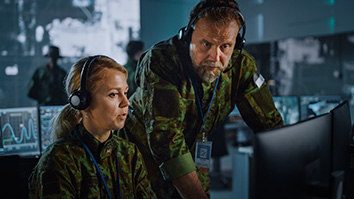Citation
Kira, Z.; Hadsell, R.; Salgian, G.; Samarasekera, S., “Long-Range Pedestrian Detection using stereo and a cascade of convolutional network classifiers,” Intelligent Robots and Systems (IROS), 2012 IEEE/RSJ International Conference on, vol., no., pp.2396,2403, 7-12 Oct. 2012
Abstract
In this paper, we present a system for detecting pedestrians at long ranges using a combination of stereo-based detection, classification using deep learning, and a cascade of specialized classifiers that can reduce false positives and computational load. Specifically, we use stereo to perform detection of vertical structures which are further filtered based on edge responses. A convolutional neural network was then designed to support the classification of pedestrians using both appearance and stereo disparity-based features. A second convolutional network classifier was trained specifically for the case of long-range detections using appearance only. We further speed up the classifier using a cascade approach and multi-threading. The system was deployed on two robots, one using a high resolution stereo pair with 180 degree fisheye lenses and the other using 80 degree FOV lenses. Results are demonstrated on a large dataset captured in a variety of environments.


